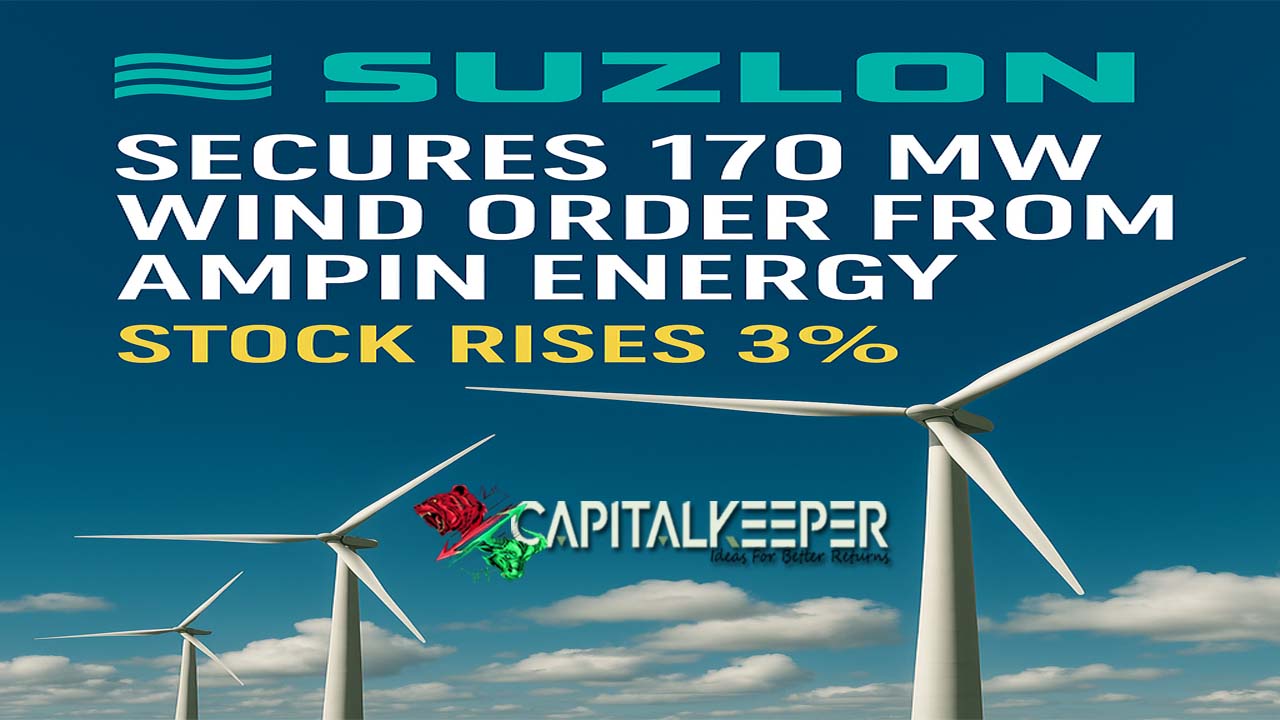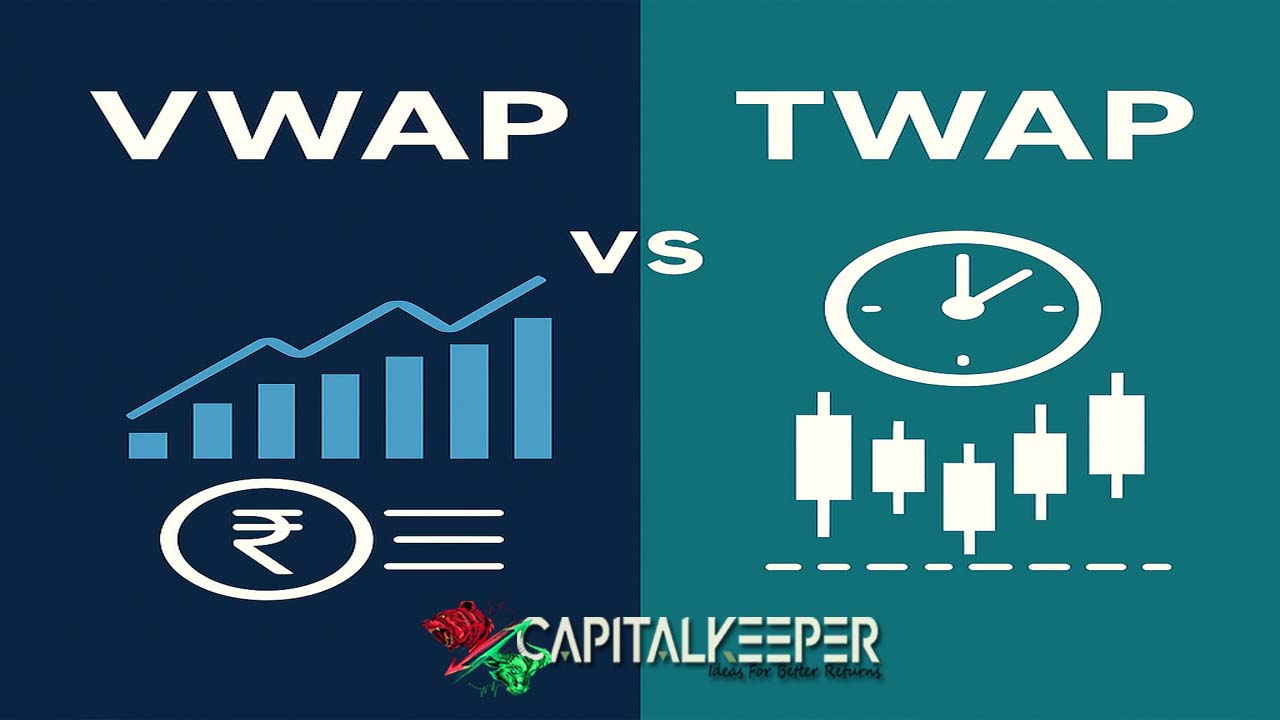RBI’s New Project Finance Norms: How Tighter Rules Will Reshape Lending by Banks & NBFCs
By CapitalKeeper | News | Indian Sock Market | Market Moves That Matter I 21th June 2025
📰 What’s the News?
In a move aimed at improving credit discipline and mitigating systemic risk, the Reserve Bank of India (RBI) has rolled out stricter project finance guidelines for banks and NBFCs. These changes come as part of a broader regulatory framework overhaul to strengthen underwriting standards and avoid past mistakes seen in large infrastructure failures.
The new rules, issued in June 2025, are expected to usher in tighter risk evaluation, phased loan disbursals, and higher upfront equity requirements, significantly changing the way project lending is executed in India.
🔍 Key Highlights of RBI’s New Project Finance Guidelines
- Minimum Promoter Contribution (Equity):
- Projects must have 30% upfront equity before banks/NBFCs start lending.
- Ensures borrowers have sufficient skin in the game.
- Phased Disbursement Linked to Project Milestones:
- No full disbursal upfront; loans will be released in tranches tied to physical progress and certified cost milestones.
- Detailed Techno-Economic Viability (TEV) Studies:
- Mandatory third-party TEV assessments to validate project assumptions.
- Includes stress testing for demand-side risks and execution delays.
- Escrow Mechanism for Cash Flows:
- Project cash flows must be routed through escrow accounts, monitored by lenders.
- Contingency & Buffer Provisions:
- Lenders must incorporate a contingency buffer of 10–15% for cost overruns and time delays.
⚠️ Why Did RBI Do This?
- Past Failures: India’s banking sector has faced multiple bad loans tied to failed infrastructure projects (e.g., power, roads, telecom).
- NPAs from Project Lending: Infra & project loans were once a key source of NPAs, particularly in PSU banks and large NBFCs.
- Systemic Risk Mitigation: RBI aims to limit domino effects in large-ticket projects by ensuring better pre-sanction checks and financial hygiene.
🏗️ Sectoral Impact – Who’s Affected?
| Sector | Impact |
|---|---|
| Banks (PSUs + Pvt) | Increased underwriting costs, cautious lending |
| NBFCs (Infra + Real Estate) | Higher compliance burden; may affect smaller NBFCs |
| Infrastructure Developers | More transparency needed; funding delays expected |
| EPC Contractors | Slower project starts; pressure on working capital |
| Capital Goods/Steel/Cement | Possible delay in order inflow from infra segment |
💬 Expert View
Financial analysts believe this reform aligns India’s project finance ecosystem with global best practices but may slow credit flow in the short term. Only well-capitalized and credible borrowers will now find it easier to raise debt, which could filter out speculative or under-prepared projects.
Quote:
“This is a quality filter imposed by the RBI. It’s no longer about just lending to the project – it’s about backing a feasible and future-proof business case.”
— Senior Project Finance Analyst, Mumbai
📊 Market Reactions
- Banking Stocks: Mixed reaction. Large private banks welcomed the clarity, but PSU banks showed caution due to higher regulatory burden.
- NBFCs: Infra-focused NBFCs saw mild declines on tightening credit rules.
- Bond Markets: Positive for long-term yields; signals RBI’s pro-discipline stance.
📉 Short-Term Pain, Long-Term Gain?
Challenges:
- Short-term disruptions in project approvals and financial closure timelines.
- Infra projects with thin IRRs or aggressive cost assumptions may get rejected.
Positives:
- More disciplined credit culture.
- Lower NPAs over time.
- Greater investor confidence in long-gestation Indian infra projects.
🔍 Conclusion
The RBI’s tightened project finance norms mark a significant structural shift in India’s infrastructure and long-term credit market. While it may initially disrupt the momentum of certain sectors, it lays the groundwork for stronger project viability, better risk-sharing, and long-term credit stability.
India’s infra story isn’t slowing—it’s being cleaned and de-risked for sustainable growth.
ore real-time updates, trade setups, and investment insights — follow us on [Telegram] and subscribe to our newsletter!

📌 Disclaimer
The content provided on CapitalKeeper.in is for informational and educational purposes only and does not constitute investment, trading, or financial advice. While we strive to present accurate and up-to-date market data and analysis, we make no warranties or representations regarding the completeness, reliability, or accuracy of the information.
Stock market investments are subject to market risks, and readers/investors are advised to conduct their own due diligence or consult a SEBI-registered financial advisor before making any investment decisions. CapitalKeeper and its authors are not liable for any loss or damage, direct or indirect, arising from the use of this information.
All views and opinions expressed are personal and do not reflect the official policy or position of any agency or organization. Past performance is not indicative of future results.
By using this website, you agree to the terms of this disclaimer.
CapitalKeeper | Turning Market Noise into Market Wisdom
🔗 Visit CapitalKeeper.in














Leave a Reply